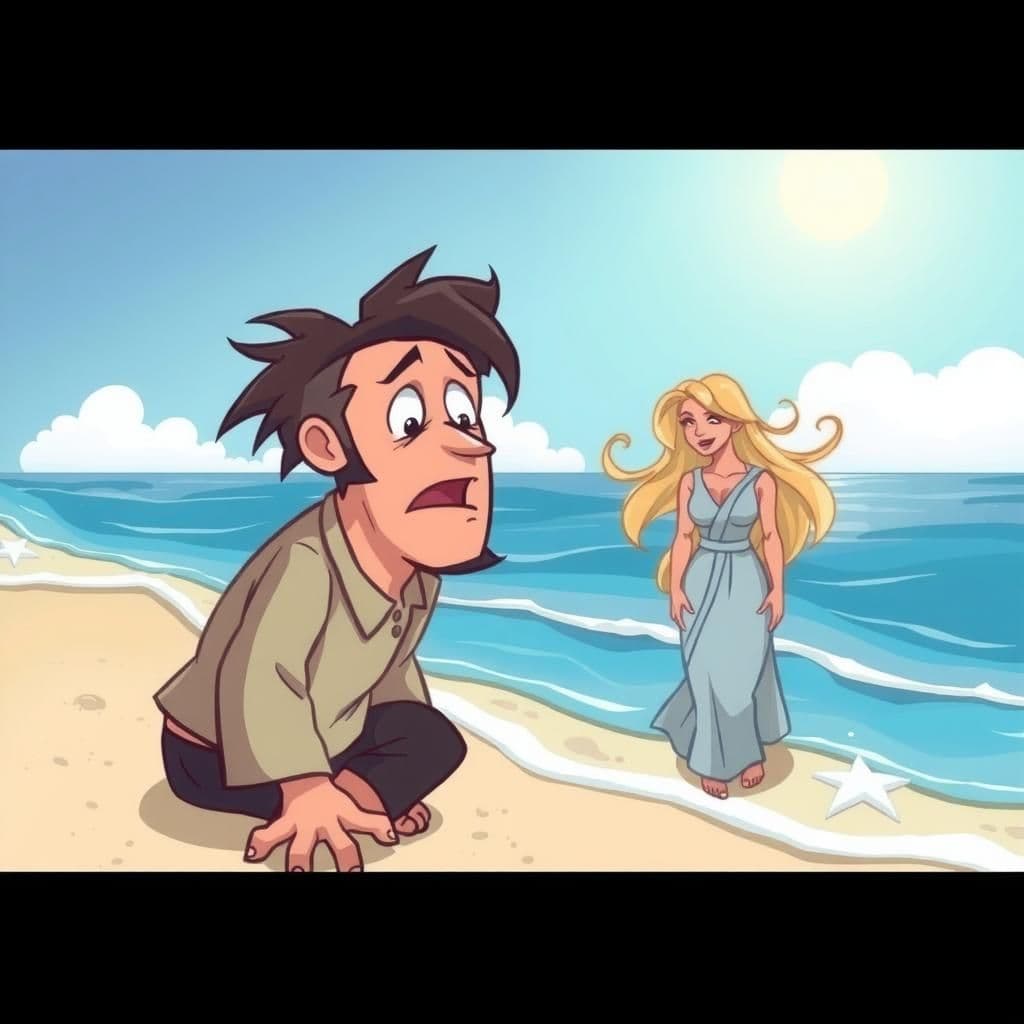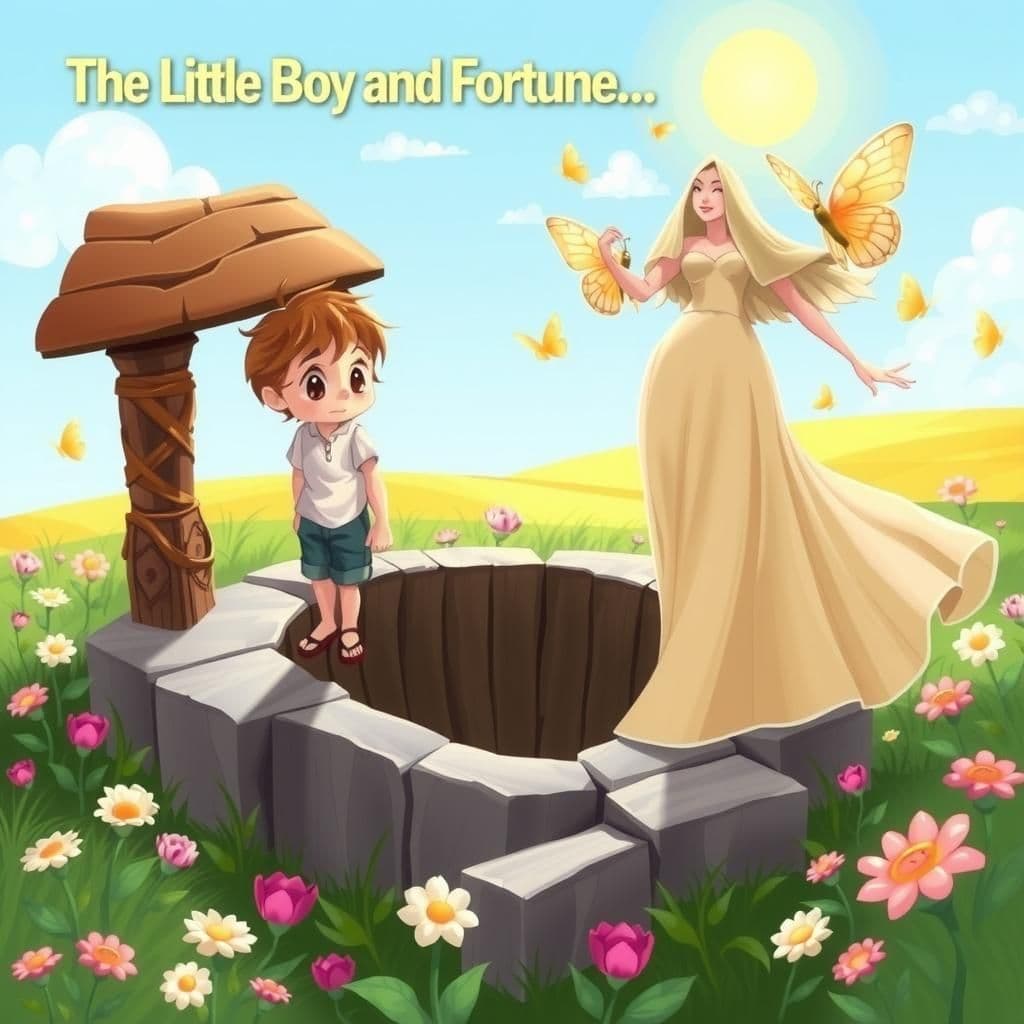The Shipwrecked Man and the Sea

Story Summary
In "The Shipwrecked Man and the Sea," a shipwrecked man awakens on the shore and blames the Sea for its deceptive calmness that leads sailors to disaster, making it a compelling example of well-known moral stories. The Sea, taking the form of a woman, defends itself by explaining that it is the winds that disturb its natural tranquility and create perilous waves. This short story serves as a quick read with moral lessons suitable for class 7, illustrating the importance of understanding the true causes behind appearances.
Click to reveal the moral of the story
The moral of the story is that one should not blame external forces for misfortunes, as they may be influenced by factors beyond their control.
Historical Context
This story reflects themes found in ancient maritime myths and folklore, where the sea is often personified and depicted as both a nurturer and a destroyer. The dialogue between the shipwrecked man and the sea, which takes on feminine attributes, echoes elements from classical literature, such as Homer's "Odyssey," where the sea serves as a powerful force influencing human fate. This tale also resonates with broader cultural narratives about nature's dualities, highlighting the tension between human vulnerability and the unpredictable elements of the natural world.
Our Editors Opinion
This story reflects the modern truth that we often misplace blame on external circumstances rather than recognizing the underlying factors that contribute to our challenges. For example, a person might fault their job for stress and dissatisfaction, overlooking the role of workplace dynamics or their own responses to challenges; like the sea, the job itself could be fundamentally stable and calm, but influenced by turbulent "winds" such as office politics or personal expectations.
You May Also Like

The Traveler and His Dog
In "The Traveler and His Dog," a traveler impatiently blames his dog for delaying their journey, believing the dog is not ready. However, the dog reveals that he has been waiting for the traveler, illustrating a key lesson learned from stories: those who procrastinate often misplace the blame on their more diligent companions. This captivating moral story serves as a reminder of the importance of taking responsibility for our own actions.

The Little Boy and Fortune
In this inspirational short story with a moral, a weary little boy on the brink of a deep well is awakened by Dame Fortune, who warns him about the tendency of people to blame her for their misfortunes caused by their own foolishness. She emphasizes that each individual is ultimately the master of their own fate, highlighting a key lesson found in popular moral stories: personal responsibility is essential for avoiding calamity.

The Old Man and The Ass
In "The Old Man and The Ass," a classic among concise moral stories, an old man and his ass encounter a lush meadow, where the carefree animal prioritizes its own comfort over the man's warnings about approaching robbers. This dynamic illustrates themes of self-interest and the relationship between master and servant, serving as a reminder found in many famous fables with moral lessons: sometimes, one's own safety may be overlooked in the pursuit of personal pleasure. Ultimately, the tale underscores the importance of recognizing the true nature of those we rely on in moral-based storytelling.
Related Collections
Other names for this story
"Calm Seas, Troubled Waters", "Waves of Blame", "The Sea's True Nature", "Shipwrecked and Reproved", "Harsh Currents of Fate", "The Tempest Within", "Stormy Seas, Quiet Heart", "Echoes of the Shipwreck"
Did You Know?
This story illustrates the theme of misattribution of blame, as the shipwrecked man initially holds the sea accountable for his misfortune, while the sea itself reveals that external forces, like the winds, are responsible for the chaos. It serves as a metaphor for understanding that not all turmoil is a result of the immediate circumstances we perceive; often, there are unseen influences at play.
Subscribe to Daily Stories
Get a new moral story in your inbox every day.